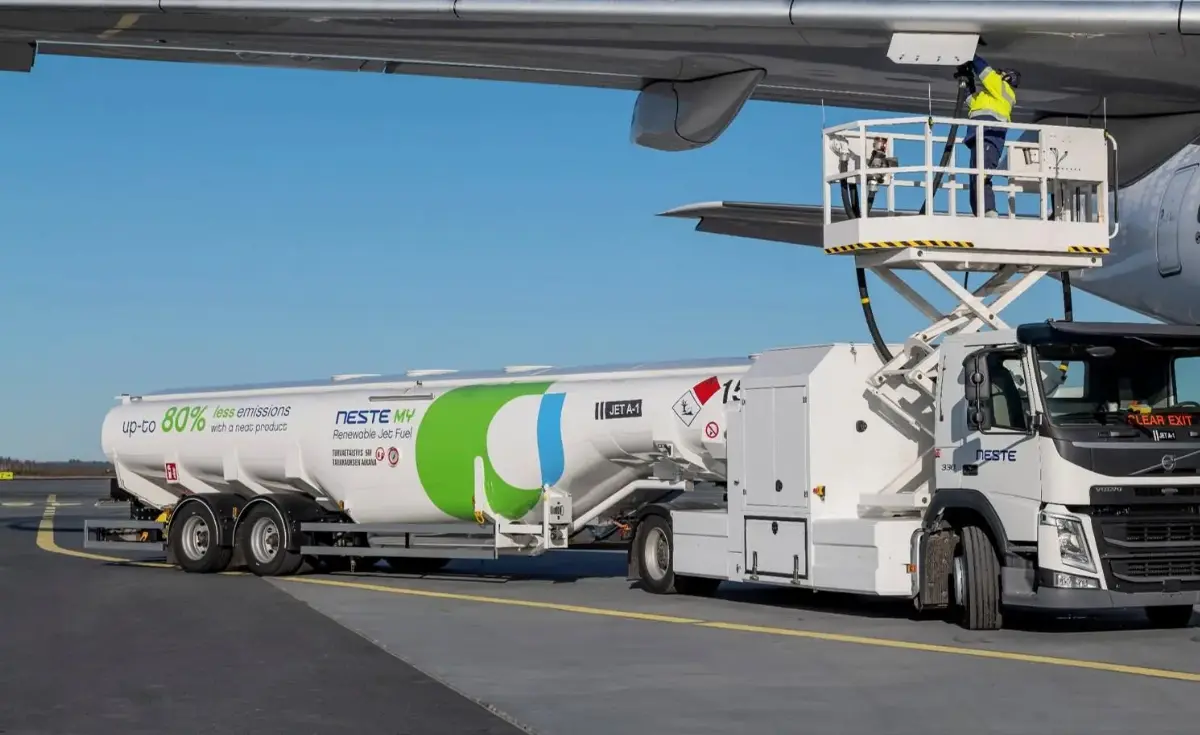
Do you want to access to this and other private contents?
Log in if you are a subscriber or click here to request service
SAF production set for continued growth
But needs policy support to diversify sources of production

The International Air Transport Association (IATA) announced its expectation for overall renewable fuel production to reach an estimated capacity of at least 69 billion liters (55 million tonnes) by 2028. Sustainable Aviation Fuels (SAF) will comprise a portion of this growing output which is being achieved through new renewable fuel refineries and the expansion of existing facilities. Importantly,...
red/f - 1251801
AVIONEWS - World Aeronautical Press Agency
AVIONEWS - World Aeronautical Press Agency